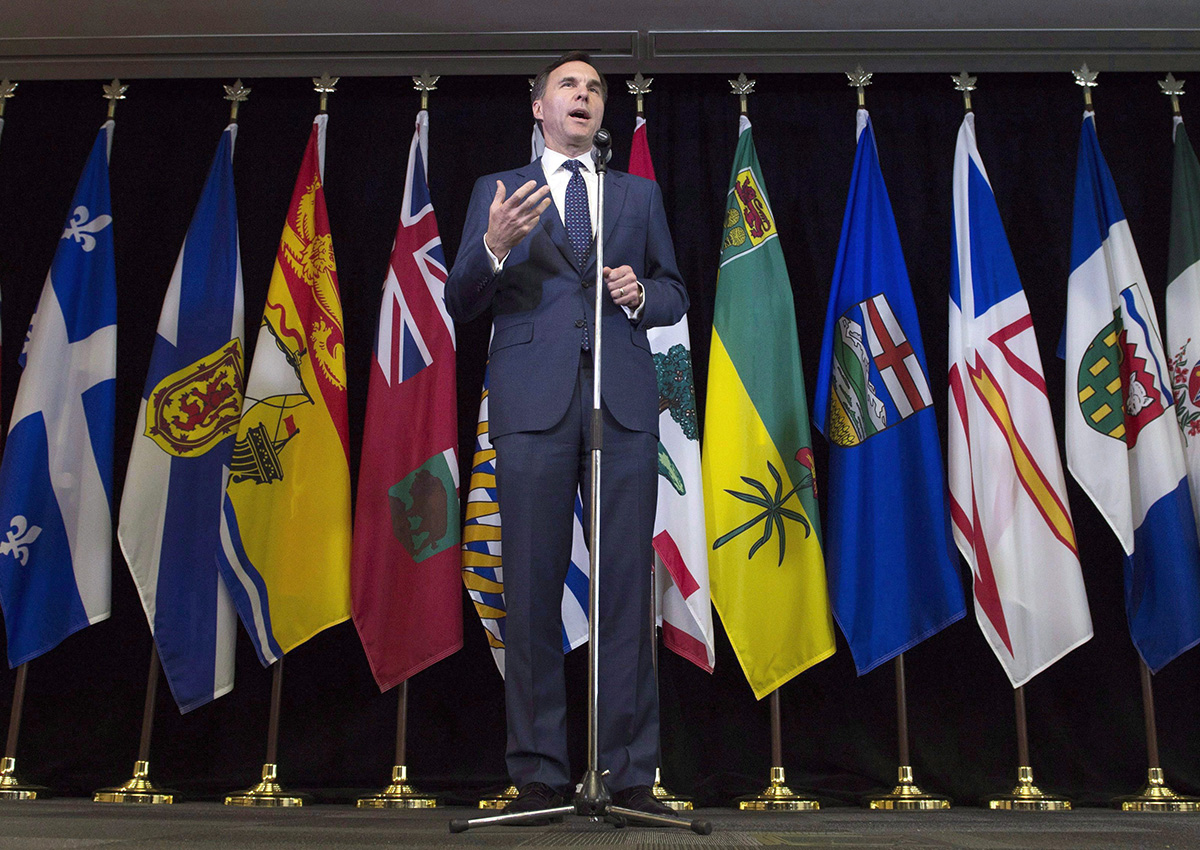OTTAWA – Manitoba’s finance minister says he and his counterparts will take another look at changes to the Canada Pension Plan amid concerns that low-income workers and women are being shortchanged by the framework agreed to last year.

Changes agreed to last year will increase employee premiums and retirement benefits, but do not include provisions that many women use to boost the value of their retirement payments.
READ MORE: Canada Pension Plan reform to boost assets above $15 trillion by 2090
Nor did the changes include a bump to a death benefit that hasn’t increased in value in two decades.
The issues and policy implications of each provision and the death benefit were part of a federal report circulated to provinces in May ahead of a mandatory triennial review of the pension plan.
WATCH: What changes in 2016 to CPP mean for you

Large swaths of the paper obtained by The Canadian Press under the Access to Information Act were withheld from release or blacked out because officials say they are too sensitive to make public.

Get weekly money news
Cameron Friesen, Manitoba’s finance minister, said the drop-out clauses and the death benefit will be part of talks when Finance Minister Bill Morneau hosts his provincial and territorial counterparts starting Sunday evening in the national capital.
He said finance ministers will look at “restoring the death benefit and making sure that perhaps drop-out provisions could be in place.”
But all of it has to be affordable, he said.
“We need CPP enhancements to put a focus not just on improving the plan 40 years from now, but to make it better for Canadians right now,” Friesen said in an interview ahead of the meeting.
The changes finance ministers agreed to last year will increase the benefits Canadians receive in retirement, increase how much income is eligible for CPP coverage to $82,700 and also increase how much employees and employers pay in premiums to cover the changes.
But the ministers didn’t include specific provisions to exclude time taken out of the workforce to raise a child or due to disability from the calculation to determine how much people will receive in retirement benefits.
READ MORE: Rising old age security spending curtailed by CPP increases: report
- ‘Really challenging issue’: Many B.C. communities still at high risk for flooding
- Cold warnings across the Prairies forecast wind-chill temperatures near -45 C
- Canadian military member arrested, charged in foreign interference probe
- Mailing in your taxes? CRA says changes are coming amid push to digital
The Liberals have argued the design of the additional benefit takes into account time out of the workforce for a variety of reasons.
Speaking notes provided to Social Development Minister Jean-Yves Duclos one year ago say that the absence of the child-rearing and disability drop-out provisions in the enhanced CPP means “benefits for some groups will not increase as fast as in the base CPP, where all four drop-out provisions will continue to exist.”
The notes go on to say the combined payments from the base and the enhanced CPP will “always be higher” than the base alone.
The May discussion paper also singles out the value of the death benefit for consideration.
The value of the lump-sum payment hasn’t changed since provincial and federal officials froze the maximum payout at $2,500 in 1998. Governments at the time worried the benefit would become financially unsustainable if it was allowed to increase annually with the yearly maximum pensionable earnings.
The discussion paper estimated the death benefit would be worth $5,500 today had it not been capped – more than double the current payment.







Comments